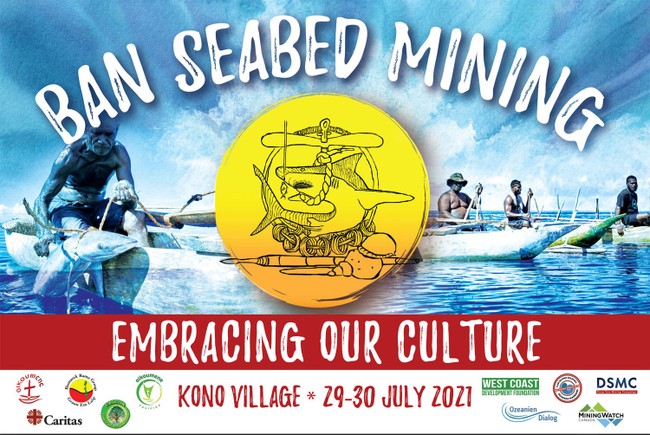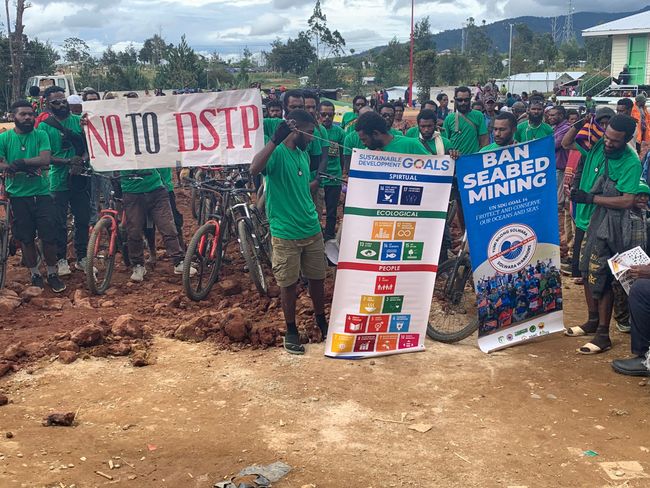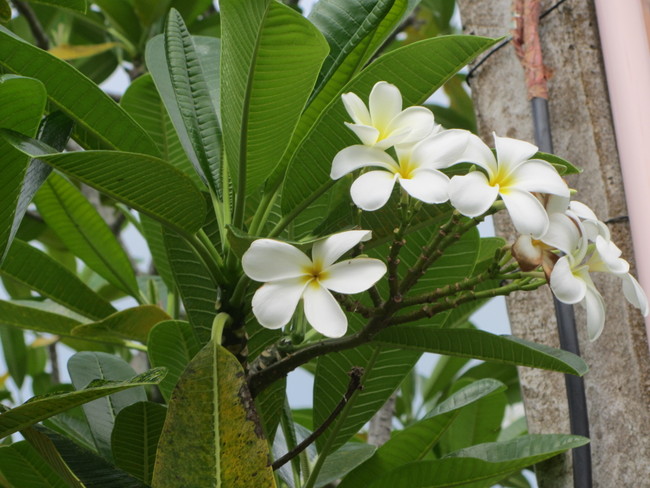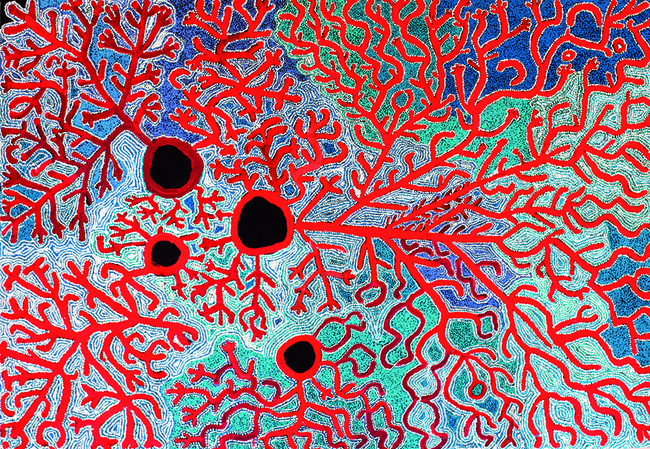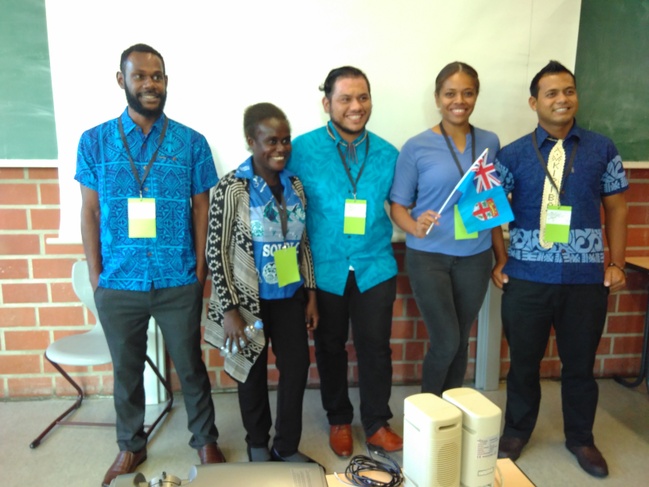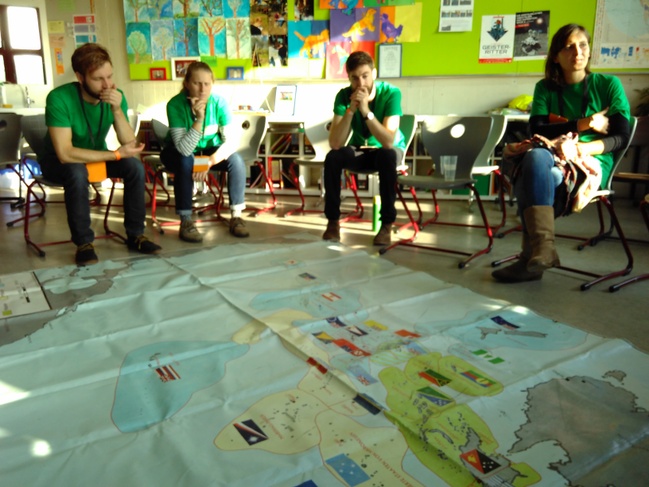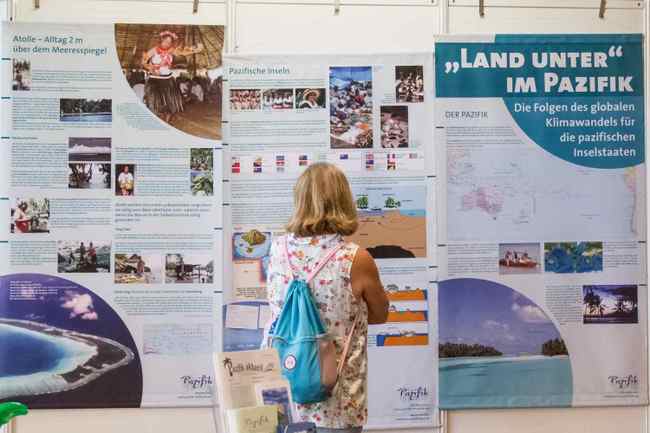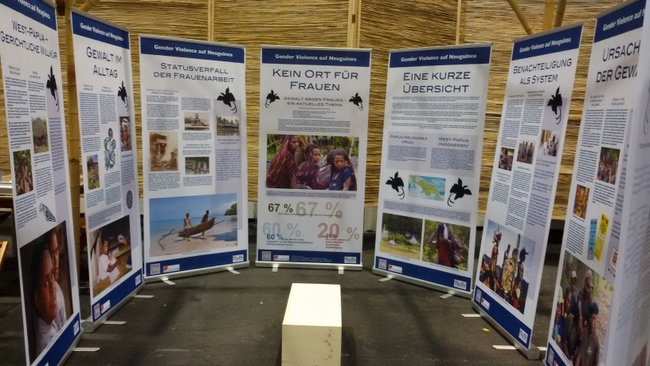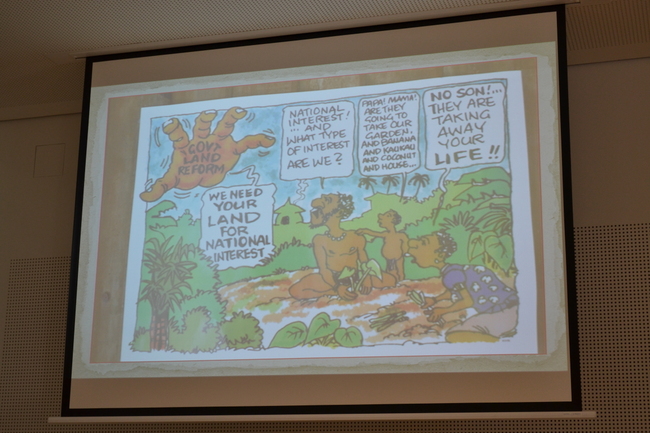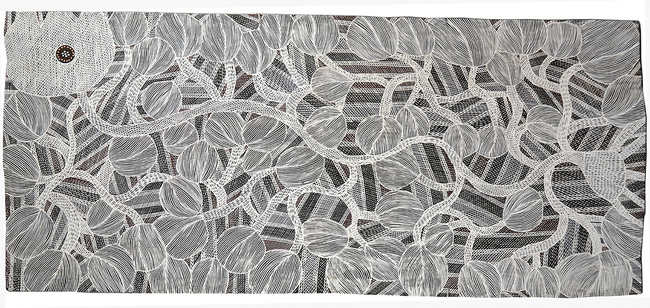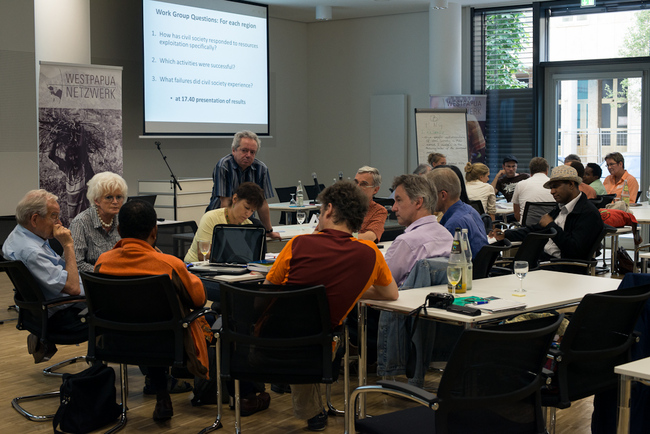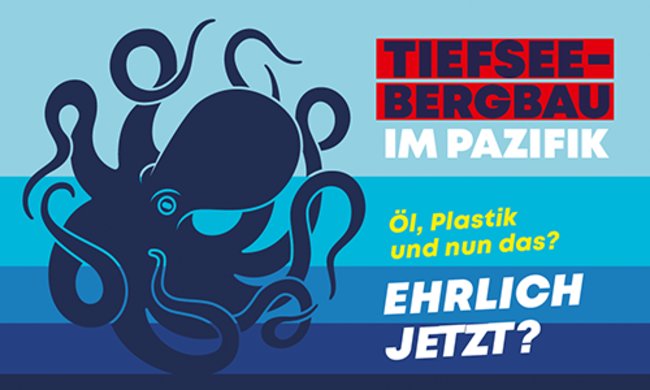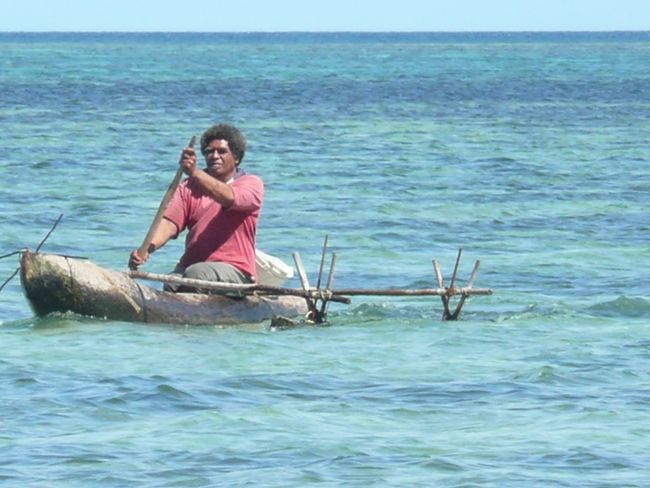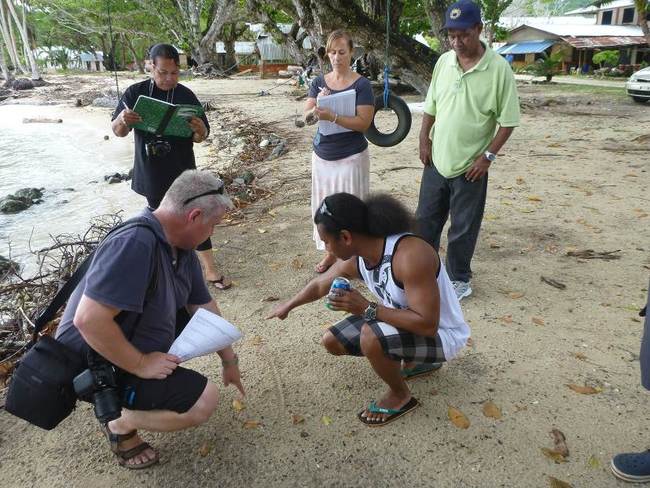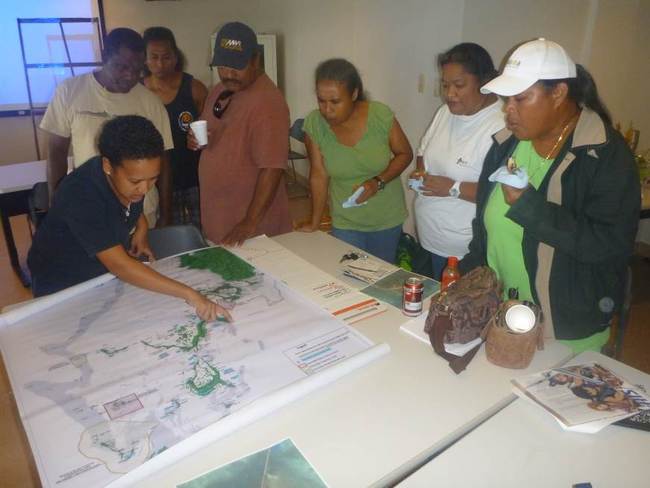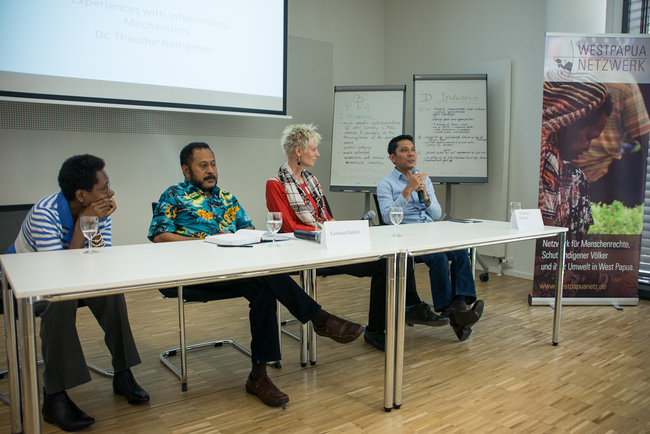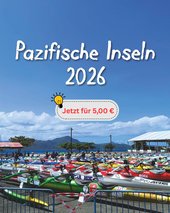A review of the risks presented by the Ramu Nickel Project to the ecology of Astrolabe Bay in Papua New Guinea
01.10.2001: A research paper commissioned by the Evangelical Lutheran Church of Papua New Guinea
Executive Summary

A review of the risks presented by the Ramu Nickel Project to the ecology of Astrolabe Bay in Papua New Guinea
This report examines the potential for ecological damage resulting from the Ramu Nickel Mine’s preferred waste disposal option - the discharge of mill tailings through a submarine pipeline into Astrolabe Bay. Through the expert analysis of a team of independent scientists this document presents an impartial assessment of these risks, considered in the wider context of world-wide experience at Submarine Tailings Discharge sites.
In late 2000, the Evangelical Lutheran Church of Papua New Guinea commissioned the Mineral Policy Institute to undertake an independent review of aspects of the Ramu Nickel Mine Environmental Plan. This was motivated by concerns for the well-being of the Madang community and an underlying desire for both development and environmental protection in Madang Province.
There can be no doubt that disturbance on the scale of a Submarine Tailings Disposal operation will have significant biological impacts. If such a mining operation is to proceed, the potential consequences should be weighed against the environmental degradation which could result from both Submarine Tailings Disposal and other tailings disposal methods. The Government of Papua New Guinea did not have this option in regard to the Ramu Nickel Project as the Environmental Plan prepared by Natural Systems Research gave no indication of the likely impacts or risks associated with the proposal and did not thoroughly examine alternatives to marine discharge.
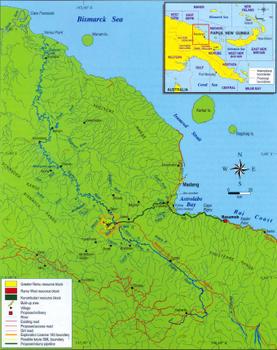
Photo: Illustration taken from NSR’s Environmental Plan
Natural Systems Research compiled a well presented but fatally flawed case for the discharge of mine tailings via a submarine pipe into Astrolabe Bay. The Natural Systems Research Environmental Plan attempts to show that Submarine Tailings Disposal is not only the best solution for tailings disposal from the Ramu mine, but that it is to the utmost degree, environmentally responsible.

Diagram: Submarine Tailings Discharge (STD)
The fundamental finding of this review is that the behaviour of tailings discharged into Astrolabe Bay is not adequately explained in the Environmental Plan. While NSR claim that tailings will be deposited safely on the deep-water floor of Vitiaz Basin, on the basis of their own data, this is extremely improbable. Overall, this deficiency sheds significant doubt on Natural Systems Research’s predictions about the biological impacts of Submarine Tailings Disposal in Astrolabe Bay.
The independent review and scientific analysis contained in this report has examined the work of Natural Systems Research in the Ramu Nickel Environmental Plan. The scientific papers in the appendices to this report and the summaries in the body of the report argue that, in the authors’ opinions, there may be deficiencies in that work, in the areas of:
- Inadequate data collection,
- Faulty methodology,
- Models that are contradictory,
- Highly optimistic scenario development, and
- Problems in the presentation of the evidence in the Environmental Plan.
The independent scientists are also of the opinion that Natural Systems Research may have overlooked numerous factors, including some of the field evidence upon which their reports were based. When these factors are accounted for, the evidence in the report leads to a conclusion that the risks associated with Submarine Tailing Disposal in Astrolabe Bay may be significantly increased, including the likelihood of contaminating the local reef system and parts of Astrolabe Bay with mine-derived materials.
In conclusion, Natural Systems Research has not presented a convincing scenario for the fate and impact of the tailings material. While it is remotely possible that the discharge of 100 million tonnes of mine tailings into Astrolabe Bay may have no impact at all, this is exceedingly unlikely. Neither Natural Systems Research nor Highlands Pacific can have any certainty as to the short and long term effects of Submarine Tailings Disposal on the ecology, fish, animal and plant life of Astrolabe Bay.
